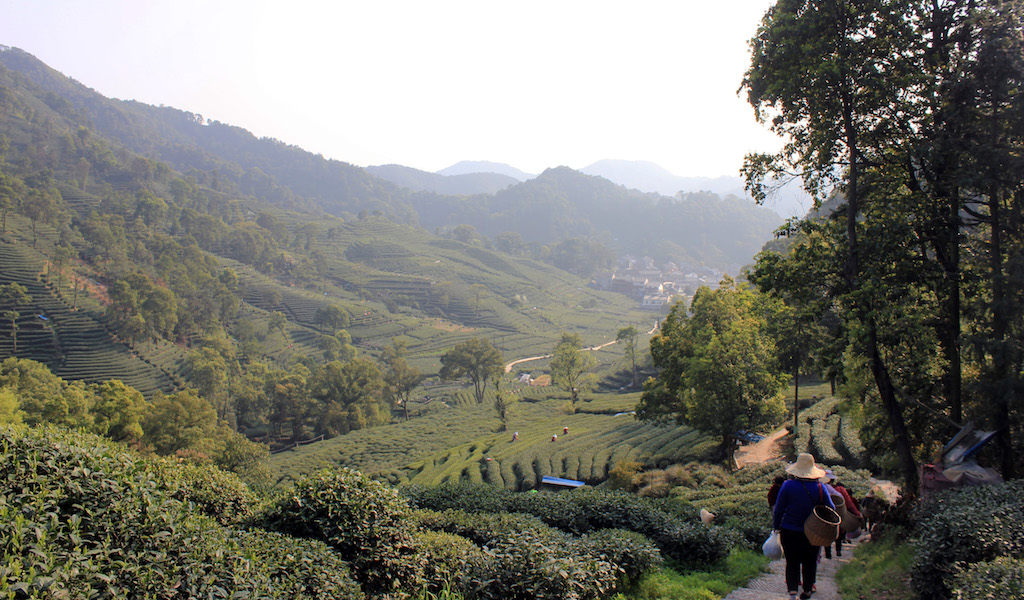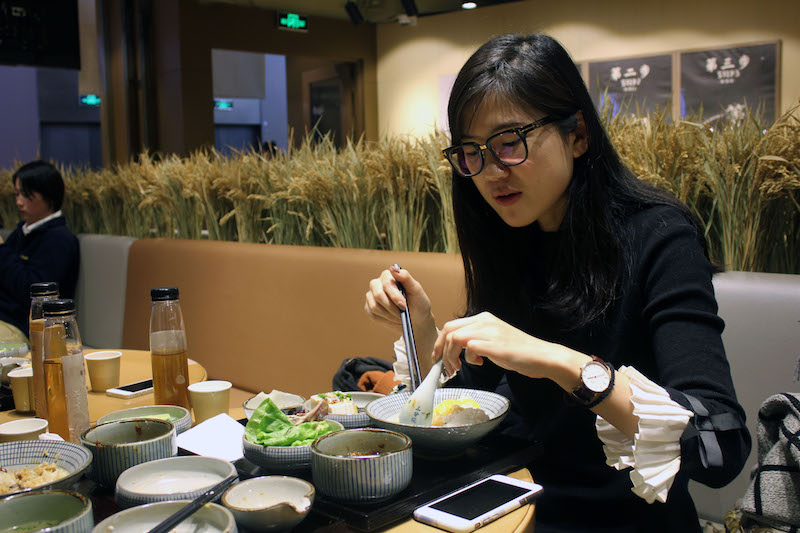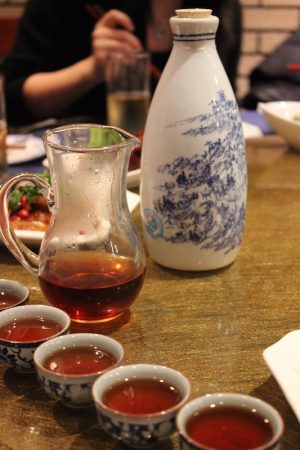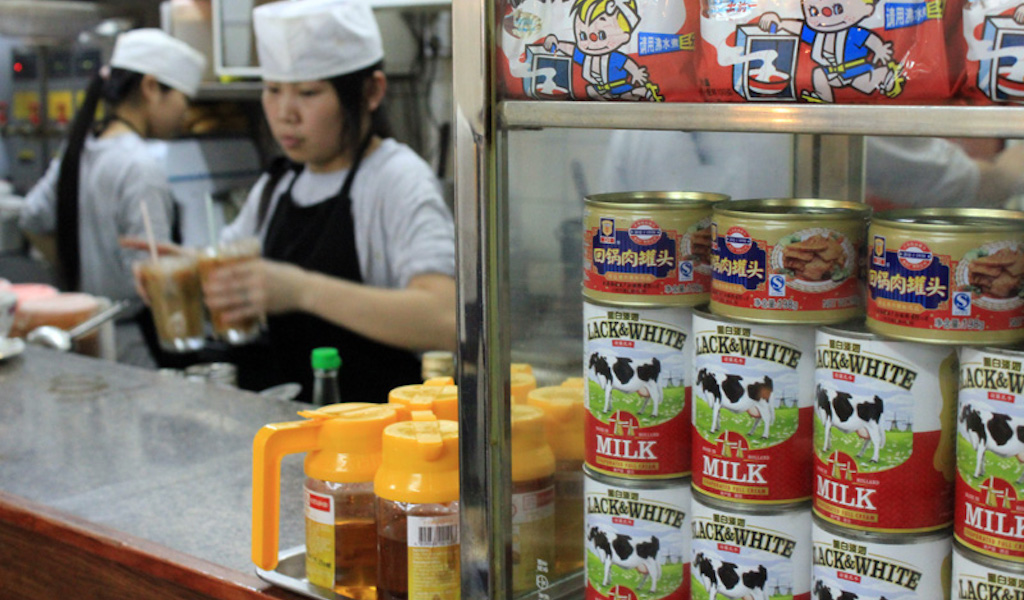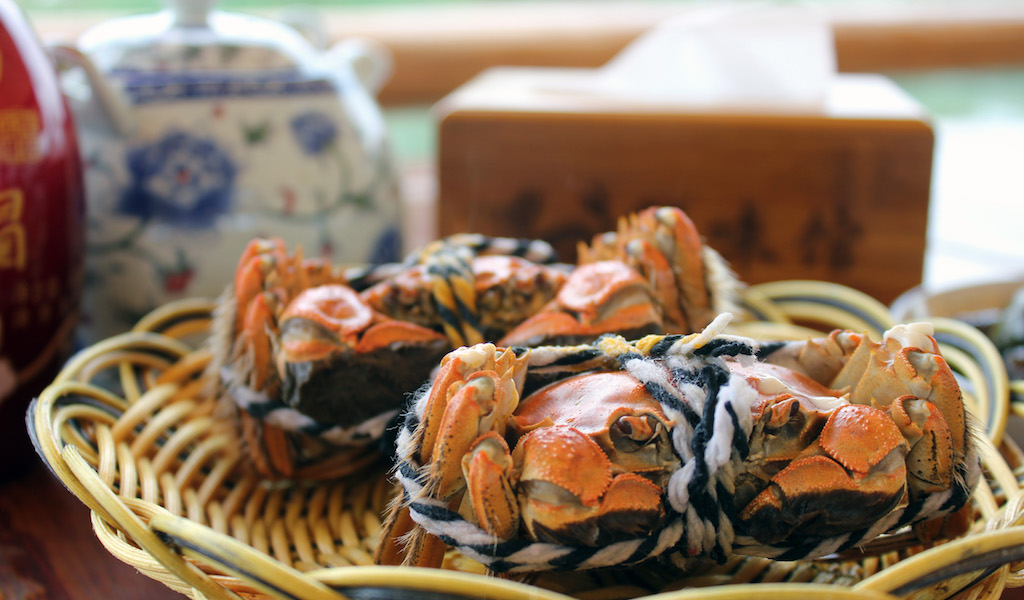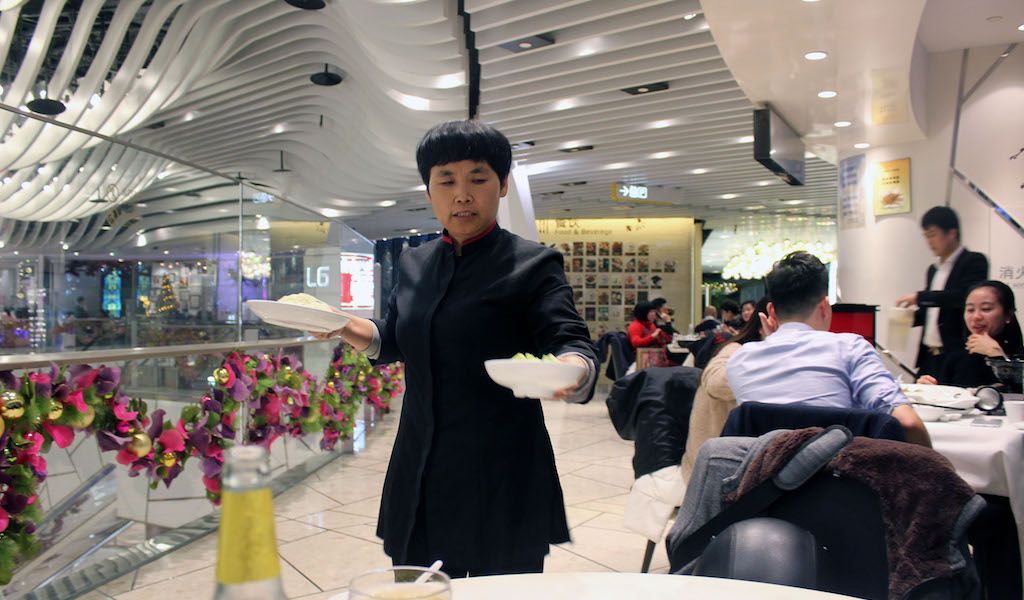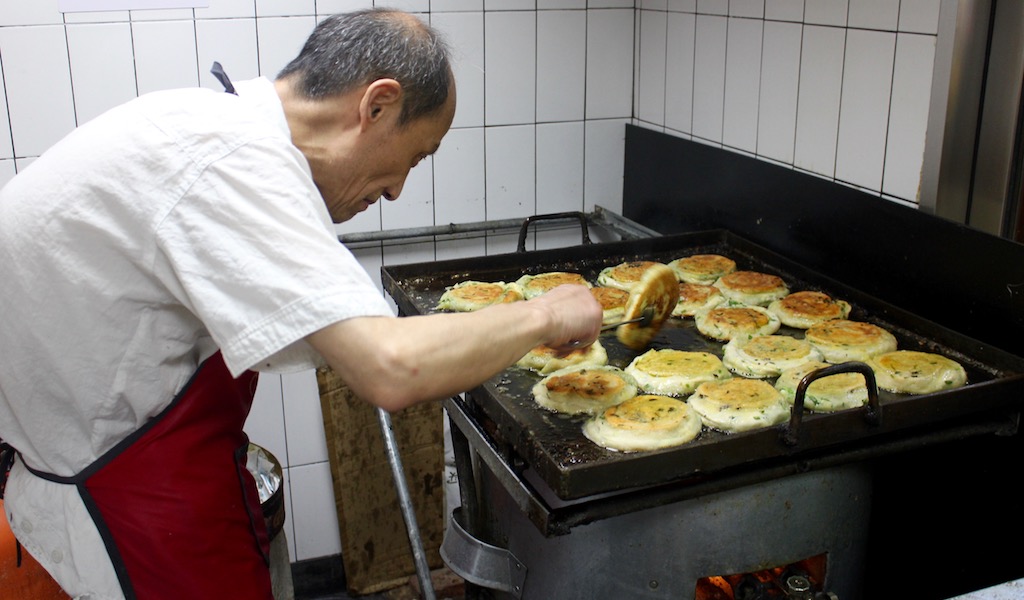We can't find the internet
Attempting to reconnect
Something went wrong!
Hang in there while we get back on track
Search results for "Jamie Barys"
Shanghai
Spring Surprises: Fresh Pickings of Dragon Well Tea
For 48 weeks out of the year, Meijiawu village is pretty quiet. But in the weeks before and after Qingming, the Tomb Sweeping Festival held every year in early April, the tea terraces looming over the town come to life before sunrise. Tea pickers sweep through the fields, collecting the first buds of the season by hand. These emerald slivers will make up the bulk of the farmers’ annual income, although several more harvests of lesser leaves throughout the year will supplement them. Like wine from Bordeaux, Dragon Well (龙井 – Lóngjǐng) tea comes only from the hills near Hangzhou (although in China, counterfeit leaves – like bottles of Château Lafite – are everywhere). Meijiawu village (梅家坞村) is just a short drive from the actual Dragon Well (or “Longjing”) Village.
Read moreShanghai
Mi Xiang Yuan 2.0: The Rice Stuff
When Chef Anthony Zhao was planning the relaunch of Mi Xiang Yuan, a home-style lunch spot popular with local office workers looking for a healthy set meal, he knew he had to get one thing right: the rice. At the first alleyway restaurant just north of Xintiandi, Zhao sourced many of his ingredients for his Shanghainese bento boxes from family members’ farms. These small operations used organic techniques, although they were too small-scale to obtain official certification. But high demand for his set meals has made sourcing from family farms impossible. So while updating the menu for the latest Mi Xiang Yuan, Zhao approached sourcing ingredients with the same standards – even if it wasn’t going to come from a family member’s farm, it still had to be of the highest quality.
Read moreShanghai
Building Blocks: Shaoxing Wine, China’s Liquid Gold
Legend has it that huangjiu, or yellow wine, was invented by Du Kang, the god of Chinese alcohol. Annual production starts in eastern China’s Shaoxing region in the tenth lunar month – the temperature and humidity at that time of year create the best environment for making the wine – with sacrifices to Du Kang. The wine is made from fermenting glutinous rice with wheat or rice qu, a cake of mashed grains that cultivate yeast; both convert the starch to sugar then to alcohol. The product of all that fermentation is a sherry-like amber liquid that is used in Chinese cooking or served as a drink paired with Chinese foods.
Read moreShanghai
Cha’s: The Diner from Hong Kong
Hong Kong native and Cha’s owner Charlie Lau became a restaurateur because of a hankering. A movie producer by day, Lau came to Shanghai with Ang Lee to film “Lust/Caution,” and was disappointed that Shanghai lacked a proper Hong Kongese cha canting, a casual all-day eatery that serves traditional Cantonese food alongside milk teas and coffee. So he decided to open his own. On the set of “Lust,” a 1930s period piece, Lau was responsible for ensuring the historical accuracy of the costumes, casting and set design, so it’s not surprising that he designed Cha’s with the past in mind. Walking across the restaurant’s threshold transports you to 1950s Hong Kong.
Read moreShanghai
Harvest Week: Hairy Crabs, Straight From The Source
In the sections of China’s Jiangsu Province where Huaiyang cuisine reigns supreme, autumn is marked not by yellow and red foliage or falling temperatures. The change in seasons instead comes when restaurants post hairy crab (大闸蟹 Dàzháxiè) menus and shops selling baked goods the rest of the year pivot to aquariums full of the live crabs trying to scale the glass walls. Peak hairy crab season falls during the ninth and tenth lunar month of the year. In 2017, that means from October 20 until December 17. But when we arrived at Yangcheng Lake – a hairy crab mecca – before China’s National Holiday on October 1, the lake was already lined with hawkers wrapping the live crabs with twine and selling them to hungry tourists.
Read moreShanghai
Food Court Deluxe: Shanghai’s Mall Dining
Mall dining in Asia is nothing like its American counterpart, thanks mostly to the humid climates of Singapore and Hong Kong. These two islands have tunnels and bridges connecting malls throughout the cities, making them easy to traverse while staying inside the air-conditioned environment. When temperatures spike – as they do on most days – crowds flock to the malls; the restaurants have followed suit. You can eat everything from excellent snack food to Michelin-starred meals in malls in Hong Kong and Singapore. But what does all that have to do with Shanghai?
Read moreShanghai
A Da Cong You Bing: New Home, Same Cult Pancake
In September of last year, Shanghai eaters were shocked when Mr. Wu shuttered A Da Cong You Bing, the city’s best scallion pancake shop. The only explanation for the abrupt closure was a worn sign on the door that read: “My family has a problem. The stall will be closed for a few days.” But this wasn’t the whole truth. Some attributed the shutdown to the fact that the stall was featured on the BBC program Rick Stein’s Taste of Shanghai, claiming that it had drawn too much attention to the unlicensed vendor and the government had taken note.
Read more